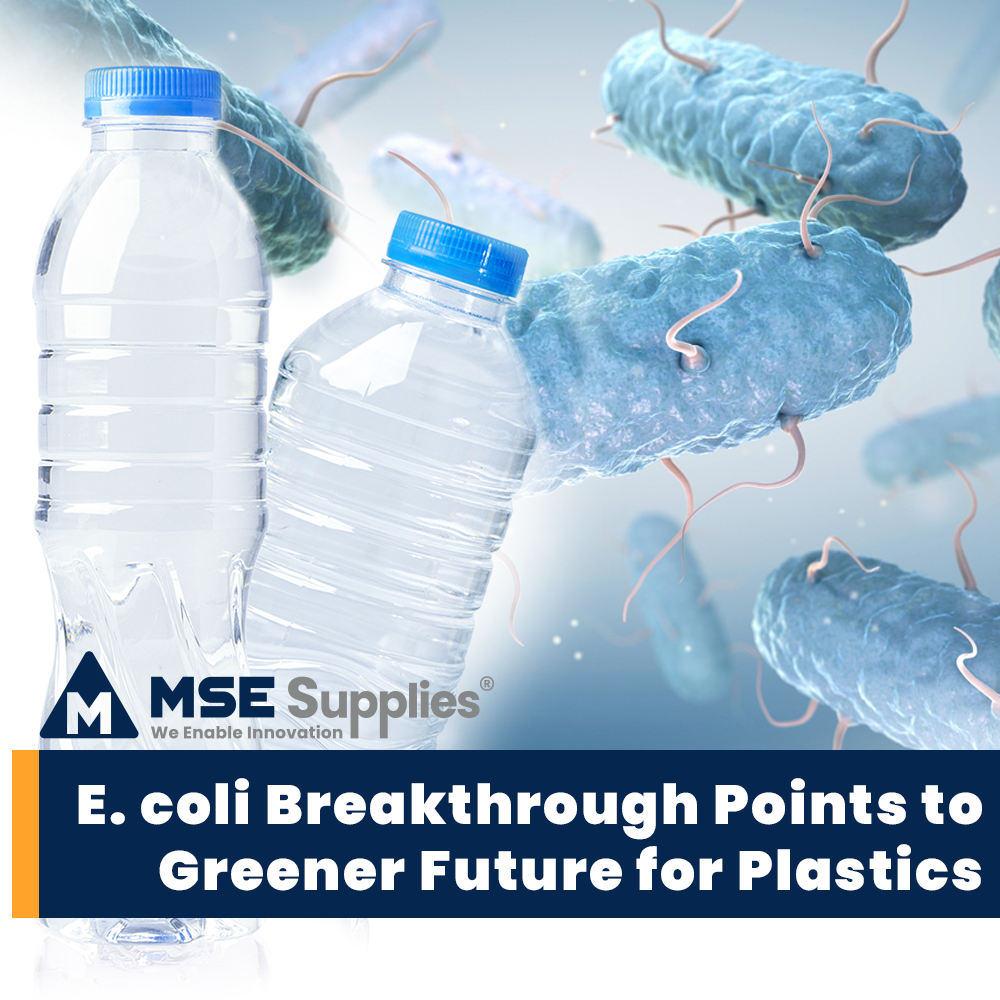How to Customize Your Electrode sheet
Posted by Product Management on
MSE Supplies provides customized options for electrode sheets. To standardize the process of customization, detailed information must be provided for our engineering team to evaluate.
Here is the list of information you need to fill out before we can further evaluate your requests:
- Slurry
(1) Active material:
Put the active material on the electrode sheet to achieve the desired electrochemical properties, which can be adjusted to optimize capacity and performance. Regular active material includes NMC, graphite, carbon nanotubes, LFP, etc. Depending on the requirements, different materials can be selected for cathode/anode electrode sheets.
(2) Proportion of main active material:
A coating layer on the electrode sheets does not only contain active materials, but binders will also be used to make the coating attach to the foil well and form a stable coating layer for battery assembly. Choose suitable binders for your application.
(3) Ratio of slurry:
If you are new to the battery industry, this might be a difficult question to answer. But according to battery experts, normally the ratio of main active materials is around 95%, the other 5% is for binders/conductive materials.
- Coating
(1) Foil type: The most used are Cu, Al, Zn, Li, Na, and Ni for foil substrates. If you would like to customize your electrode sheet by using other materials, a detailed evaluation is necessary.
Size: The size of the foil usually refers to the width of the foil substrates because our minimum order requirement is 500m, so length will be no less than 500m if you decide to order from us.
Area density: This refers to discharge capacity per area, normally in the unit of mAh/cm2.
(2) Coating method: We have three types of coating methods, continuous coating which coating will be done continuous on the substrate, intermittent coating which coating will be done intermittently for certain length coating and certain uncoated length, and zebra coating which is a special version of intermittent coating (imagine the pattern on a zebra).
(3) Coating width: Width of the coating on the foil substrate.
Coating length: Length of the coating on the foil substrate, continuous coating is chosen, then it must be no less than 500m. If others are chosen, then coating length must be determined before customization.
(4) Blank width: This is the blank area which is left on both sides, or one side of the electrode for tab welding. If you have special designs for customization, we can also evaluate to see if we can offer.
(5) Single/Double side coated: Depending on the requirements, you can choose to coat on both sides or just one side of the foil substrate.
Single side coated density: If you decide to coat only one side on the foil substrate, then this is the coating density of your electrode sheet.
Double side coated density: If you choose to coat on both sides of the foil substrate, then this density is normally 2×single side coated density. If you require different coating densities on two sides, we need to evaluate before proceeding further.
- Calendaring
(1) Calendaring thickness: After coating process, calendaring machine will be used to densify the coating layer to make the electrode sheet reach its desired energy density and unify the structure of the coating layer. We can adjust the calendaring thickness if you do not have an idea of how thick it should be.
(2) Compacted density: It is the coating density after calendaring process, in the unit of g/cm3.
(3) Rewinding diameter: After coating, calendaring process, the electrode sheets will be made into a roll by using rewinding equipment.
(4) packaging requirements: If you have any requirements regarding how to package the electrode sheet rolls, please let us know.
This information list is used for the purpose of making exact customized electrode sheet products you need. Figure 1 shows the diagram of customized electrode.

|
Figure 1. Diagram of customized electrode sheets
|
Share this post
- Tags: Brands - MSE PRO, Industry - Lithium Battery & Renewable Energy, lithium, Products - Lithium Battery Materials & Tools



